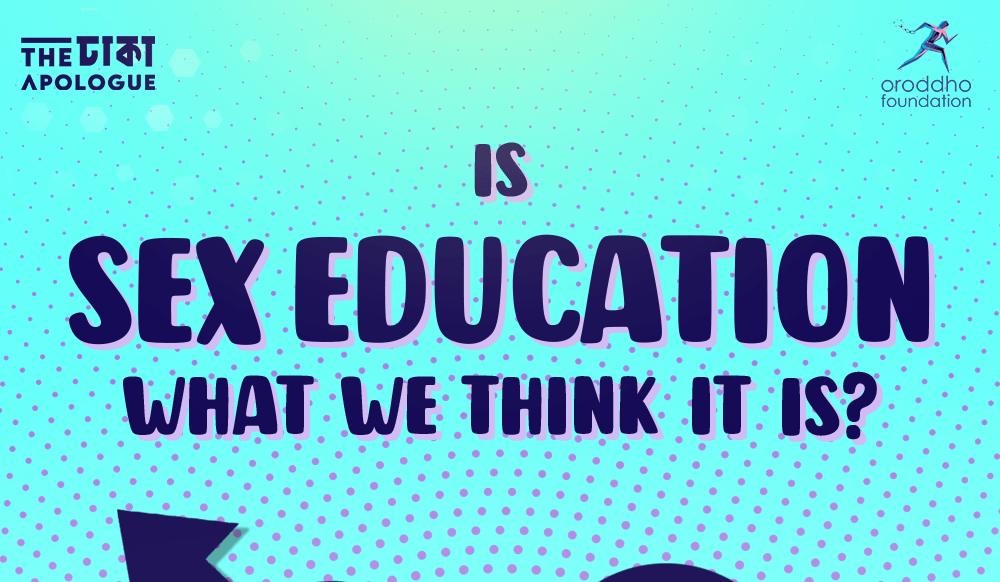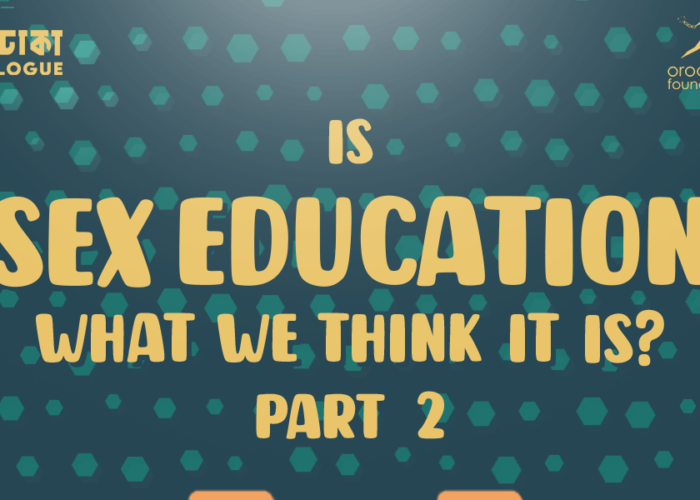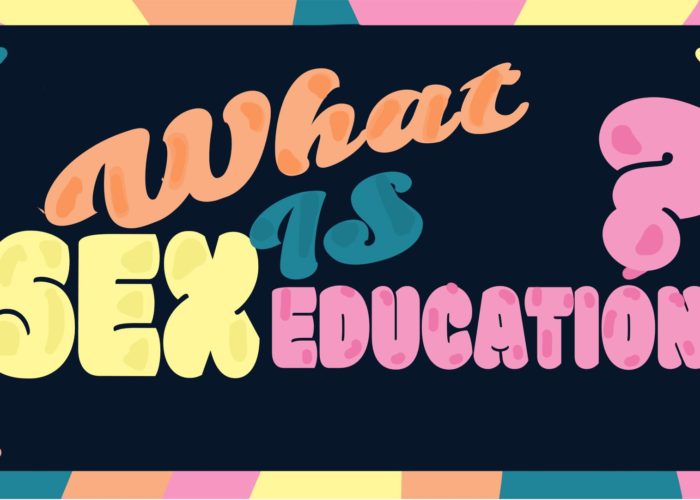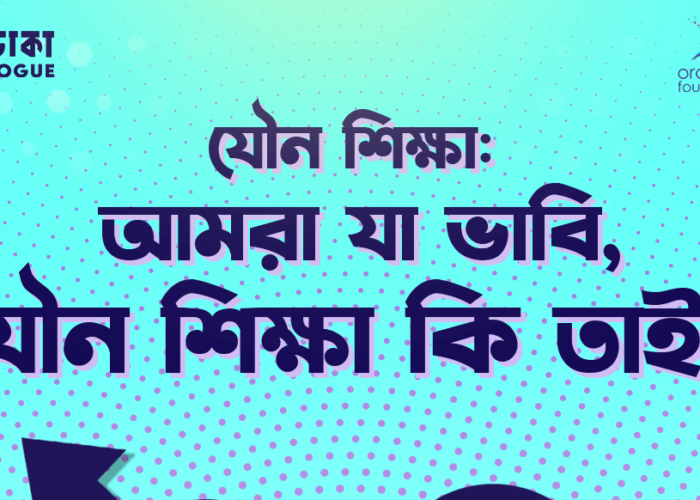Comprehensive Sexuality Education (CSE), more commonly known as sex education, is a teaching and learning method about cognitive, emotional, physical, and social aspects of sexuality. In doing so, CSE makes its learners aware of their sexual and reproductive health. Many people in Bangladesh are against CSE being implemented in schools and it all comes from misunderstanding what CSE actually is. Some of the misconceptions are presented below.
Myth 1: CSE encourages youth to have sex.
Studies demonstrate that CSE programs teach people about both abstinence (refraining from engaging in sexual activity) and contraception (using artificial methods to prevent pregnancy during sexual intercourse). Abstinence and contraception allow people to make more informed and responsible decisions about their sexual and reproductive health. Research also shows that these programs help in:
- delaying sexual initiation
- lowering teen pregnancy
- lowering sexually transmitted infections (STIs)
- decreasing sexual abuse
- decreasing homophobia and transphobia
Myth 2: CSE teaches young children how to have sex.
No sex education program provides information on how to have sex. CSE programs are tailored to provide relevant information to children concerning their age and development. The information and skills help young people delay sexual initiation or protect themselves when they become sexually active. Topics include puberty, growing up, gender, maintaining interpersonal relationships, learning to identify abuse that impart what the people have the right to know about themselves.
Myth 3: CSE will destroy young people’s minds.
Again, CSE only provides age appropriate information that answers questions which may come up in children’s minds. A five year old may be wondering, “Why does another person have a penis when I don’t?”
A CSE program taught in school can conveniently answer this since a core part of CSE is sensitizing children to their body parts. At this age, a kid might not be aware enough to identify potential abuse by adults either. CSE not only creates awareness on abuse, but also teaches children how to protect themselves from potential abusers.
Myth 4: CSE is completely against our culture and disregards values and morals.
Culture is always changing and evolving; what used to be a part of our culture 20 years ago did not exist 50 years ago or does not exist now. For example, the practice of a widow sacrificing herself with her husband’s funeral pyre (Sati) is long gone. Furthermore, these programs support values such as respect, acceptance, tolerance, equality, empathy and reciprocity. These values also provide youth the opportunity to explore and define their individual values as well as those within family and communities. Hence, CSE incorporates values and cultural sensitivity.
Myth 5: Parents and teachers don’t have to talk to young people about these things. We picked it up as we grew older, and they will too.
Young people do pick it up along the way, but often by gathering information from their friends who are just as young or through internet searches which are unbelievably unreliable sources of information. Often these searches find their way to pornography that can increase unrealistic and toxic ideas about sex and human bodies. Hence it is better to educate the youth on these matters in the best possible way, i.e. through parents and teachers in an ethical, scientific, and practical manner.




